Learning how to insulate a dog house is a crucial aspect of dog grooming and general care, especially for pet owners living in colder climates. Customers often highlight that insulation products keep the dog house warm, dry, and cozy, providing much-needed comfort during colder weather. As the winter months approach, it’s essential to ensure that your furry friend has a warm and comfortable shelter to retreat to when the temperatures drop. A well-insulated dog house not only provides a cozy haven for your pet but also helps to protect them from the harsh elements and potential health risks associated with prolonged exposure to cold weather. In this article, we’ll explore seven effective techniques for insulating your dog’s house, guaranteeing that your beloved companion stays safe and snug throughout the chilly season.
Key Takeaway
- Insulating your dog’s house is crucial for keeping them warm and comfortable during cold weather.
- Choosing the right insulation materials, such as rigid foam or fiberglass, can help trap warmth inside the doghouse.
- Proper preparation, including sealing gaps and cracks and adding bedding, ensures your furry friend stays cozy.
- Regular maintenance and upkeep of the insulated dog house are essential for your pet’s well-being.
Understanding the Importance of Insulating Your Dog’s House
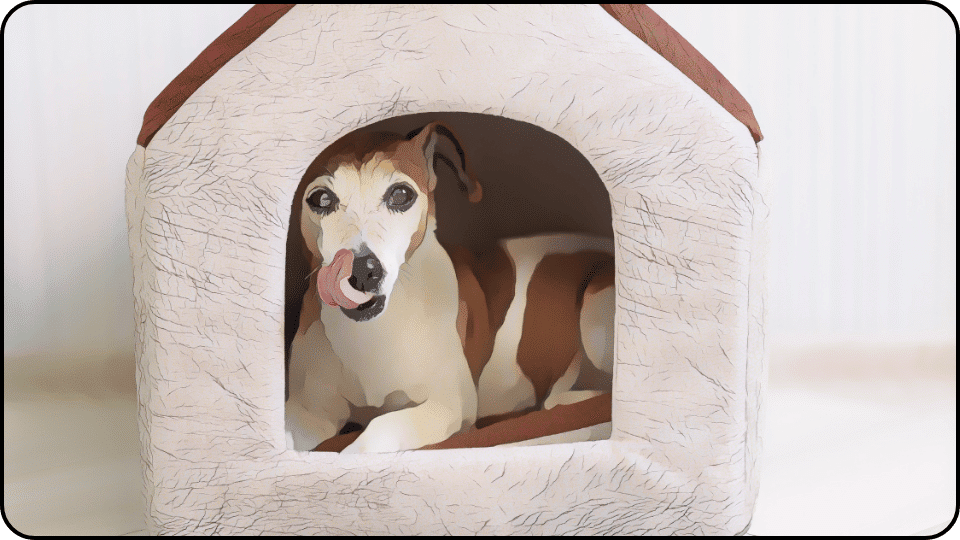
A well-insulated dog house is essential for any dog who must spend time outside. It helps to keep warmth in and cold out, ensuring your pet remains comfortable even in harsh weather conditions. Insulation is crucial because it blocks out the cold and retains your dog’s body heat, creating a cozy environment. This is particularly important for puppies, older dogs, or those who are frail, as they are more susceptible to the cold.
Proper bedding, such as cedar or pine shavings, can hold a dog’s body heat and create a warm resting spot.
Insulating your furry friend’s house can make a significant difference during cold weather conditions. A doghouse with proper insulation and dry, clean bedding material is vital for maintaining your pet’s health and comfort. When selecting insulation materials, consider options like rigid foam insulation, fiberglass insulation, or even bubble wrap. These materials can effectively trap warmth inside the doghouse, keeping your pet warm and snug.
In addition to insulation, consider other factors that can enhance warmth. For instance, place the doghouse in a sunny spot to maximize solar gain. Painting the house a dark color can also help it absorb more warmth from the sun. Ensure the doghouse is elevated off the cold ground to prevent dampness and maintain a comfortable temperature inside.
Regular maintenance is key to ensuring the longevity and effectiveness of your insulated dog house. Check for any gaps or cracks that could lead to heat loss and seal them with pet-safe caulk. Replace bedding materials regularly to keep the interior clean and hygienic. By taking these steps, you can provide your furry friend with a warm, safe haven throughout the chilly season.
Choosing the Right Insulation Materials for Your Dog’s House
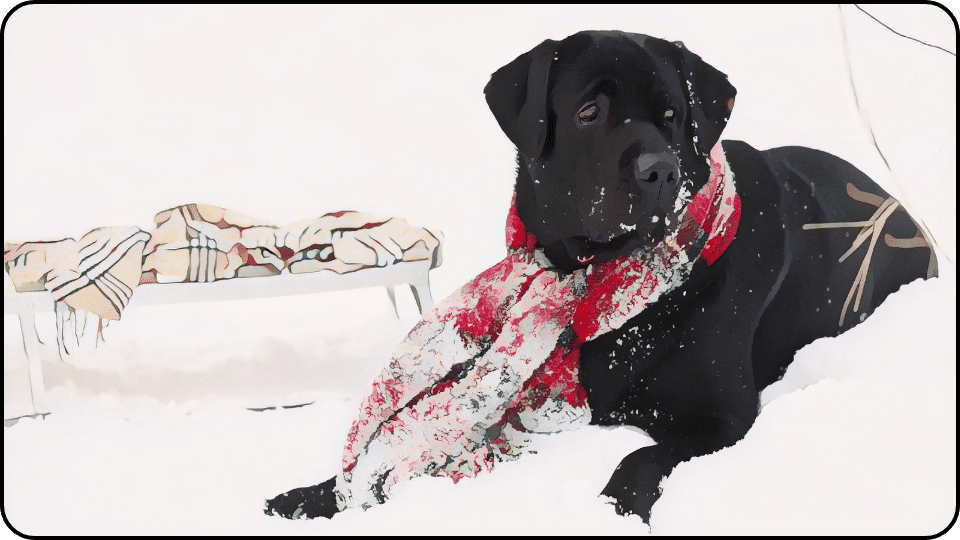
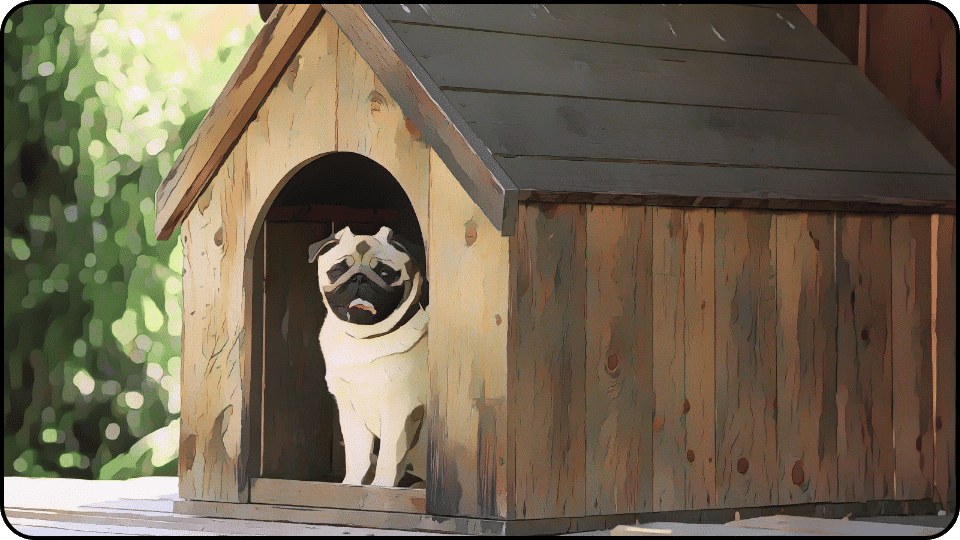
Rigid foam insulation is a top choice for insulating a dog house due to its effectiveness and ease of use. This material is lightweight and can be cut to fit any space, making it ideal for lining the walls and roof of your dog’s house. It provides excellent thermal resistance, helping to trap warmth inside and keep the cold out. Additionally, rigid foam insulation is moisture-resistant, ensuring a dry and cozy environment for your furry friend.
Fiberglass insulation is another great option, though it requires careful handling. While it offers good insulation properties, it can be irritating to skin and noses. When using fiberglass, always wear protective gear and ensure it’s securely covered to prevent your dog from coming into contact with it. This type of insulation is particularly effective when used in combination with a vapor barrier, helping to prevent moisture buildup.
Polyurethane spray foam is a versatile solution that expands to fill gaps and crevices. It creates a seamless barrier against the cold, effectively insulating the dog house. This type of insulation is perfect for irregular spaces and hard-to-reach areas. However, it should be applied with caution to avoid over-expansion, which could compromise the structure of the doghouse.
Other materials, like reflective foil and bubble wrap, can also be used to enhance insulation. Reflective foil works by reflecting heat back into the dog house, while bubble wrap adds an extra layer of insulation. Carpeting can be used to line the floor, providing additional warmth and comfort. For added insulation and comfort, consider using natural materials like wood chips or straw. These materials not only provide warmth but also create a soft, inviting space for your pet.
Polyurethane Spray Foam Insulation for Dog Houses
Polyurethane spray foam insulation is a fantastic option for dog houses, thanks to its excellent thermal insulation properties. This type of insulation expands to fill every nook and cranny, creating a tight seal that effectively blocks out cold air. One of the standout features of polyurethane spray foam is its waterproof nature, making it ideal for dog houses exposed to the elements. This ensures that your pet stays dry and warm, even in wet conditions.
However, applying polyurethane spray foam can be a bit messy and requires some precautions. It’s essential to wear protective gear to avoid inhaling the fumes during application. Additionally, the cost can be higher compared to other insulation materials, but the investment is worth it for the superior warmth and protection it provides. By using polyurethane spray foam, you can create a cozy, insulated dog house that keeps your furry friend comfortable throughout the winter months.
Fiberglass Insulation for Insulated Dog Houses
Fiberglass insulation is a popular choice for dog houses due to its affordability and ease of installation. Available in batts or rolls, fiberglass insulation can be easily cut to fit the dimensions of your dog house. This type of insulation is particularly effective in moderate climates, providing a good balance of warmth and cost-efficiency.
When handling fiberglass insulation, it’s crucial to take precautions, as the fibers can irritate the skin and respiratory system. Always wear protective clothing, gloves, and a mask to ensure safe installation. While fiberglass insulation is not the best option for extremely cold or wet conditions, it can still provide adequate warmth for your pet in milder climates. By using fiberglass insulation, you can create a comfortable and insulated dog house that keeps your pet warm without breaking the bank.
Rigid Foam Insulation for Maximum Warmth
For dog houses in extremely cold climates, rigid foam insulation is the go-to choice. This high-performance insulation material provides maximum warmth, ensuring your pet stays cozy even in the harshest weather conditions. Rigid foam insulation comes in boards or sheets that can be easily cut to fit the walls, roof, and floor of your dog house.
One of the key advantages of rigid foam insulation is its superior thermal resistance, which helps trap warmth inside the dog house and keep the cold out. Additionally, this material is durable and can withstand harsh weather conditions, making it a reliable choice for long-term use. Installing rigid foam insulation is straightforward and can be done quickly, providing an efficient way to enhance the warmth and comfort of your dog’s house. By opting for rigid foam insulation, you ensure that your furry friend has a well-insulated, cozy retreat during the winter months.
Preparing the Dog House for Insulation
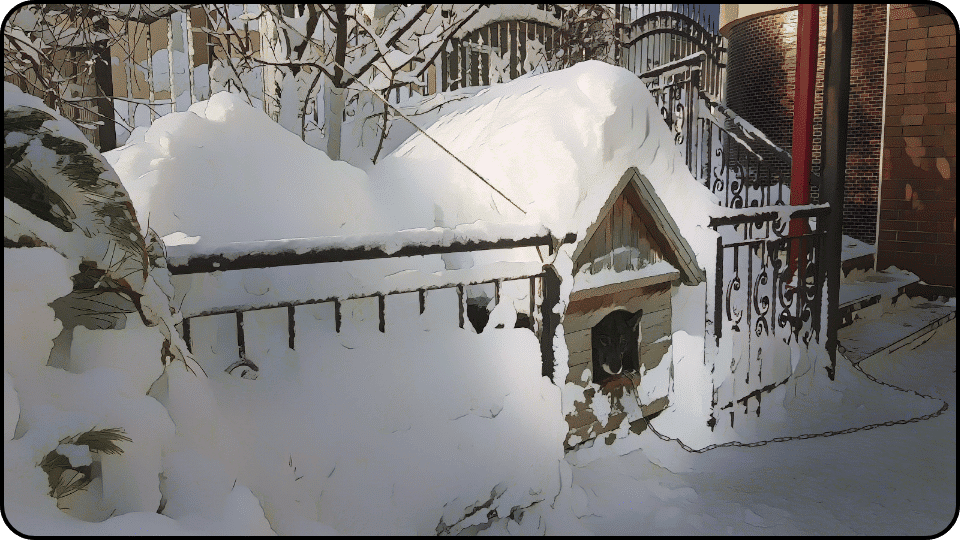
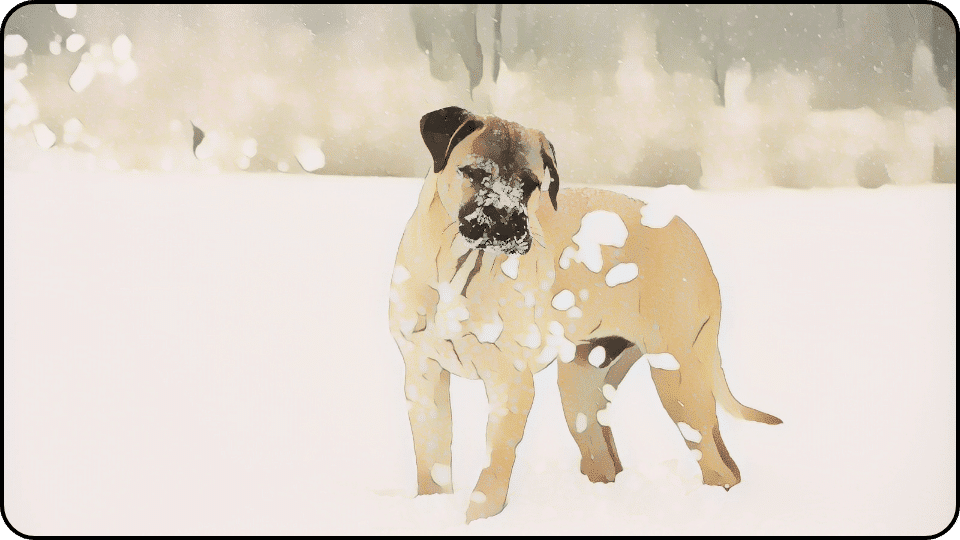
Make sure your outdoor dog house is positioned in a sunny spot. This allows it to benefit from solar gain, naturally warming the space. Solar gain can significantly enhance the warmth inside your dog’s house, especially during the cold winter months. Direct sunlight is a free and effective way to help maintain a comfortable temperature for your pet.
Painting the dog house a dark color can further increase its ability to absorb warmth from the sun. Dark colors absorb more heat compared to lighter shades, making them ideal for enhancing the warmth inside the dog house. Consider using weather-resistant paint to ensure durability against the elements. This simple change can make a noticeable difference in how warm the house stays throughout the day.
Protecting the door of the dog house from chilly winds is crucial. Use a flap or cover to shield the entrance, reducing heat loss and preventing cold drafts from entering. A well-protected entrance keeps your furry friend cozy and prevents the interior from getting too cold. Ensure the flap is made from durable material that can withstand harsh weather conditions.
Lastly, ensure the dog house is in a spot that not only receives direct sunlight but also has proper air flow. Good ventilation is essential to prevent moisture buildup and maintain a healthy environment inside the house. Proper air flow helps in regulating temperature and keeping the space fresh. By considering these factors, you can create a warm and inviting shelter for your dog, ensuring their comfort and well-being during the colder months.
Assessing the Dog House’s Location
Choosing the right location for your dog house is crucial for maximizing its warmth and comfort. Start by selecting a spot that offers adequate shelter from the elements, such as a location that is shielded from strong winds and heavy rain. Placing the dog house near a wall or fence can provide additional protection.
Accessibility is another important factor. Ensure the dog house is easily accessible for both your dog and yourself, making it convenient for regular maintenance and cleaning. Additionally, consider the position of the sun when choosing the location. A sunny spot can provide natural warmth and light, enhancing the overall comfort of the dog house. By carefully assessing the location, you can create an optimal environment that keeps your pet warm and protected throughout the year.
Insulating the Dog House
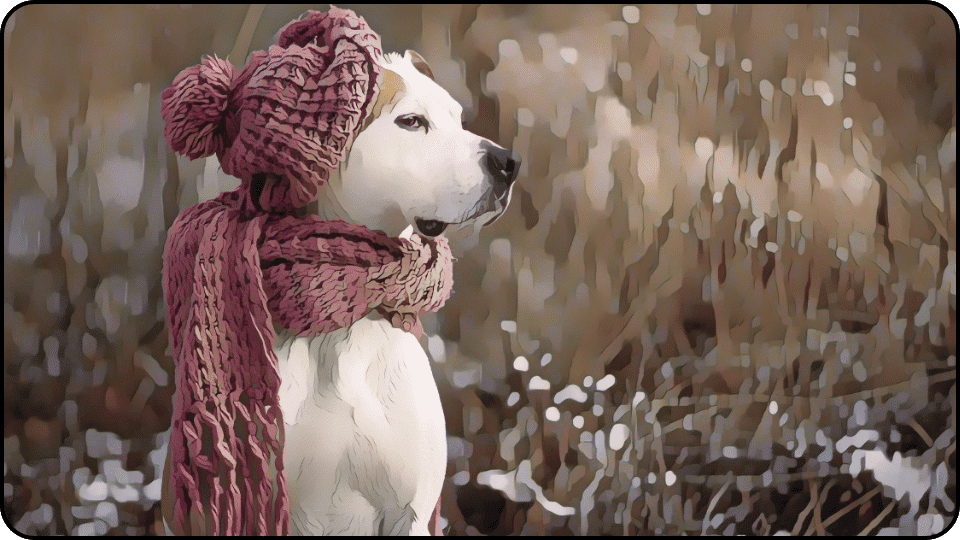
Use a platform under the doghouse to lift it above wet or cold ground. Elevating the doghouse is crucial. It prevents moisture from seeping in and keeps the floor dry. A dry floor is essential for maintaining warmth and comfort.
Insulate the platform with rigid foam sheets or bubble wrap stapled to its underside. This creates a barrier against the cold. Rigid foam insulation is excellent for this purpose. It traps warmth inside and keeps the cold out. Bubble wrap adds an extra layer of protection. Both materials are lightweight and easy to install. Additionally, using water as an insulator can help keep the doghouse warm by trapping thermal energy, though it may not be as effective as other materials and could present issues in colder temperatures.
Cover the open sides of the platform to keep the insulation in and dogs out. This prevents your dog from chewing on the insulation. Use a solid material like plywood for covering. Ensure it’s securely attached to avoid any gaps. This keeps the insulation intact and effective.
Install a vapor barrier between the doghouse floor and the ground or concrete it sits on. A vapor barrier prevents moisture buildup. Moisture can lead to mold and mildew, which are harmful to your pet’s health. Use a heavy-duty plastic sheet for this purpose. It acts as a shield against dampness.
Add insulation to the walls and roof of the dog house to trap warmth inside. Use fiberglass insulation for the walls, but handle with care. Cover it with a solid material to keep it out of your dog’s reach. For the roof, consider reflective foil to reflect heat back inside. This combination helps maintain a cozy environment for your furry friend.
Adding Bedding and Liners to Your Dog’s House
Add cedar or pine shavings to the interior of your dog’s house. These natural materials help trap your dog’s body heat, providing warmth and comfort during colder months. Cedar and pine shavings also have the added benefit of repelling fleas and other pests, ensuring a clean environment for your pet. Remember to replace these shavings regularly to maintain their effectiveness and keep the space fresh.
Use towels, sheets, blankets, or even rugs to make the doghouse cozy. These items add an extra layer of insulation, making the house feel more like home. Choose materials that are easy to wash and replace, ensuring your dog always has a clean and comfortable place to rest. Opt for thicker fabrics during the winter months for added warmth.
Consider investing in a heated dog bed. These beds are specifically designed to trap and hold your dog’s body heat, keeping them snug even on the coldest nights. Heated beds are available in various sizes and styles, so you can find one that fits perfectly in your dog’s house. Ensure the bed is chew-proof and safe for your pet to use.
Look for bedding that is not only comfortable but also safe for your dog. Hypoallergenic materials are a great choice, reducing the risk of allergic reactions. Regularly replace bedding materials to ensure your pet’s comfort and hygiene. Keeping the bedding clean helps prevent odors and keeps your dog’s house inviting. By carefully selecting and maintaining the right bedding, you provide your furry friend with a warm and cozy retreat.
Sealing Gaps and Cracks in the Insulated Dog House

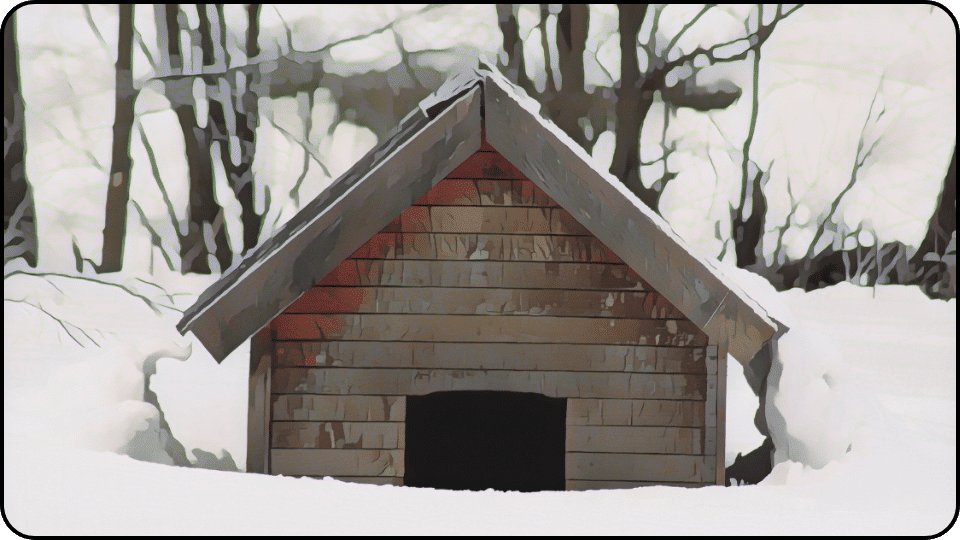
Properly sealing gaps and cracks in an insulated dog house is crucial to maintaining warmth and preventing heat loss. Use pet-safe caulk to fill any gaps around joints and corners. This ensures cold air doesn’t seep in, keeping the interior cozy. Foam board insulation is excellent for sealing larger cracks. It’s easy to cut and fit into spaces that need extra coverage.
For added safety, install plywood or another solid surface over the insulation. This protects the insulation from wear and tear and prevents your dog from chewing on it. A solid barrier also helps maintain the integrity of the insulation, ensuring it remains effective over time.
Consider investing in an outdoor doghouse kit that includes removable and washable foam insulation. These kits are designed for easy installation and maintenance. The removable feature allows for thorough cleaning, ensuring a hygienic environment for your pet. Washable insulation is particularly useful in areas with high moisture levels, as it helps prevent mold growth.
Make sure the dog house is well-sealed to prevent heat loss and moisture buildup. A well-sealed structure not only keeps the warmth in but also protects your dog from dampness. Regularly inspect the seals and replace any worn-out materials. This proactive approach ensures your furry friend stays warm and comfortable, even in the harshest weather conditions.
Retaining Your Dog’s Body Heat
Retaining your dog’s body heat is essential for keeping them warm and comfortable in their insulated dog house. One effective way to achieve this is by ensuring the dog house is well-insulated and has a snug fit. This helps trap warmth inside and prevents cold air from seeping in.
Using a vapor barrier is another excellent method to enhance insulation. A vapor barrier prevents moisture and cold air from entering the dog’s house, helping to trap warmth inside. Additionally, providing a warm and comfortable bed for your dog is crucial. Consider using a heated bed or a thick layer of straw or hay, which can help retain your dog’s body heat and create a cozy sleeping area.
By taking these steps, you can effectively retain your dog’s body heat and ensure they stay warm and comfortable in their insulated dog house, even during the coldest months.
Considerations for Extreme Weather
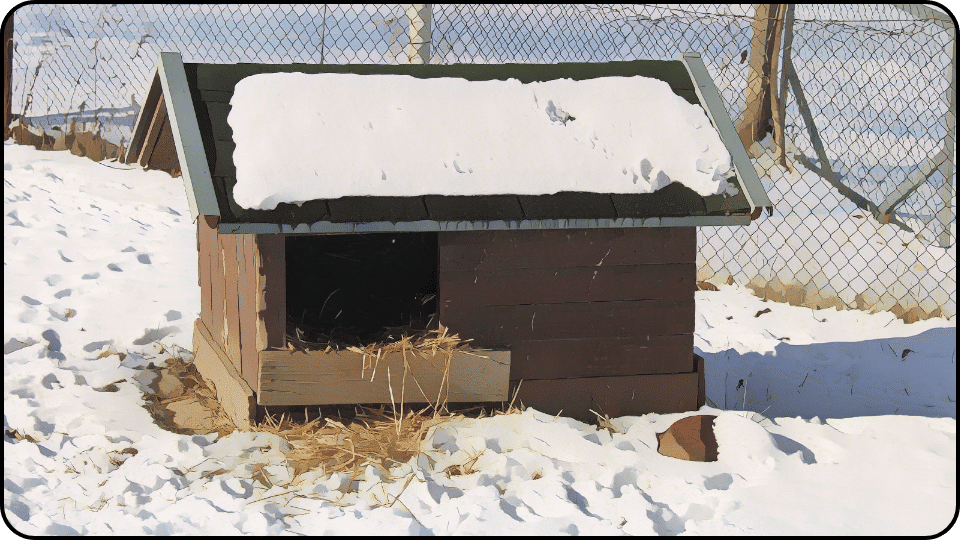
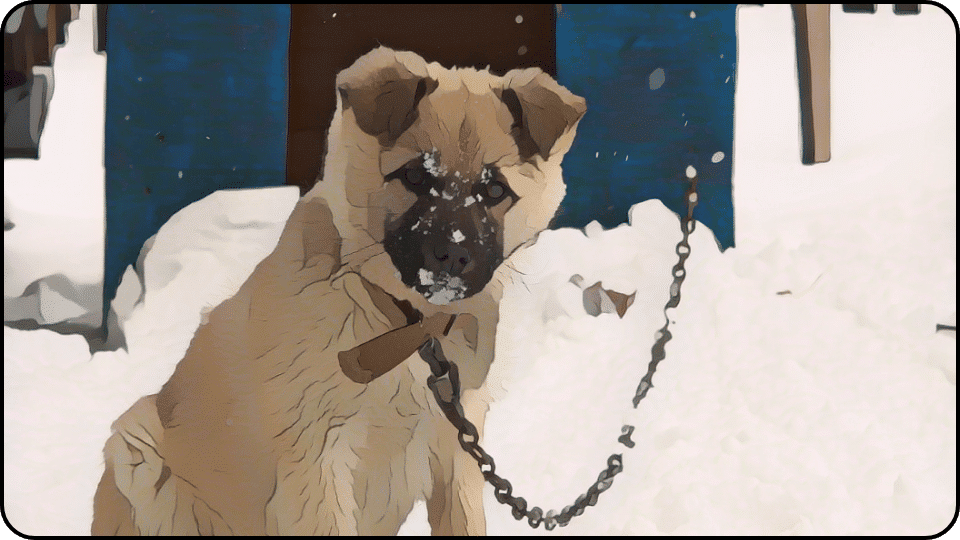
Consider implementing a heater specifically designed for dog houses. These heaters come with essential safety features to protect your dog from potential burns. Look for models that include a chew-proof cord cover, ensuring your furry friend’s safety and your peace of mind.
When installing the heater, mount it securely on the wall or ceiling. This helps keep it out of reach and distributes warmth evenly throughout the space. Adjust the temperature to a comfortable level for your pet, ensuring they stay cozy without overheating. Some heaters offer various temperature settings, providing flexibility to suit different weather conditions.
Another option is a mini-furnace designed for small spaces like dog houses. These units often come with multiple temperature settings, allowing you to customize the warmth based on your dog’s needs and the surrounding climate. They are compact, efficient, and easy to install, making them a practical choice for keeping your dog’s house warm.
During the summer months, it’s crucial to ensure the insulated dog house has proper ventilation. Good airflow prevents overheating and maintains a healthy environment inside. Consider installing vents or windows that can be opened to allow fresh air in. This helps regulate the temperature and keeps your pet comfortable during warmer weather.
Building a Custom-Insulated Dog House
To build a custom insulated dog house, start by considering your dog’s size and shape. A well-built dog house should provide enough space for your pet to move comfortably yet be snug enough to trap warmth inside. Consider the breed and age of your dog, as these factors can influence their specific needs in terms of space and insulation. For instance, larger breeds may require more room, while puppies or older dogs might benefit from additional warmth.
Next, think about the climate and weather conditions in your area. If you live in a region with harsh winters, focus on materials and designs that offer extra insulation. A sloping roof is essential to allow rainwater and snow to run off, preventing leaks and moisture buildup. This design not only keeps the interior dry but also enhances the durability of the dog house. In areas with high rainfall, consider using weather-resistant materials for added protection.
Ventilation is another critical factor. Proper airflow prevents moisture buildup, which can lead to mold and mildew. Ensure the dog house has vents or small windows that can be opened to allow fresh air in. This helps maintain a healthy environment for your dog, reducing the risk of respiratory issues. Good ventilation also helps regulate temperature, keeping your pet comfortable throughout the year.
Finally, use appropriate insulation materials. Rigid foam insulation is an excellent choice for lining the walls and roof, while fiberglass insulation can be used with care. Consider adding a vapor barrier to prevent moisture buildup. For the floor, use materials like bubble wrap or foam sheets to keep the cold ground at bay. By carefully selecting and installing these materials, you provide your furry friend with a warm and inviting shelter, regardless of the season.
Maintenance and Upkeep of Your Dog’s Insulated House
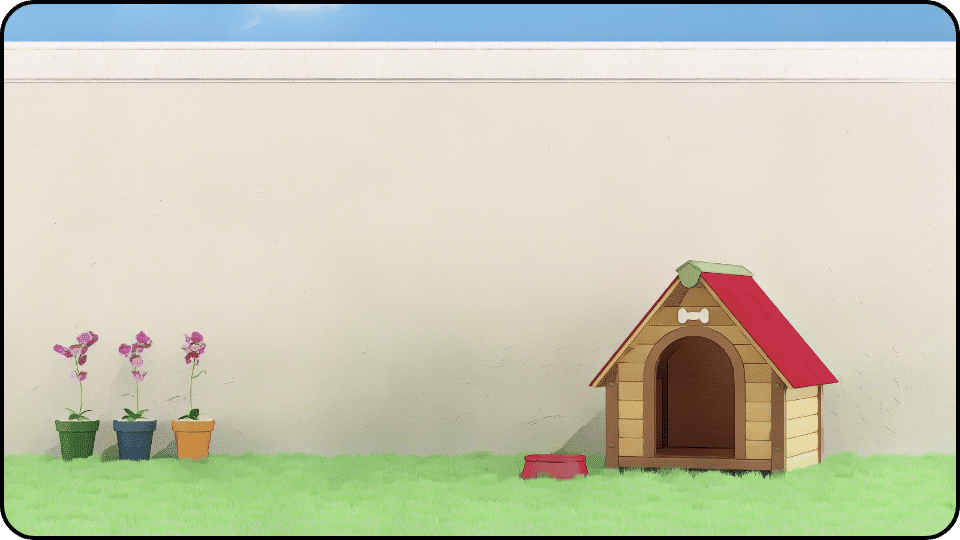
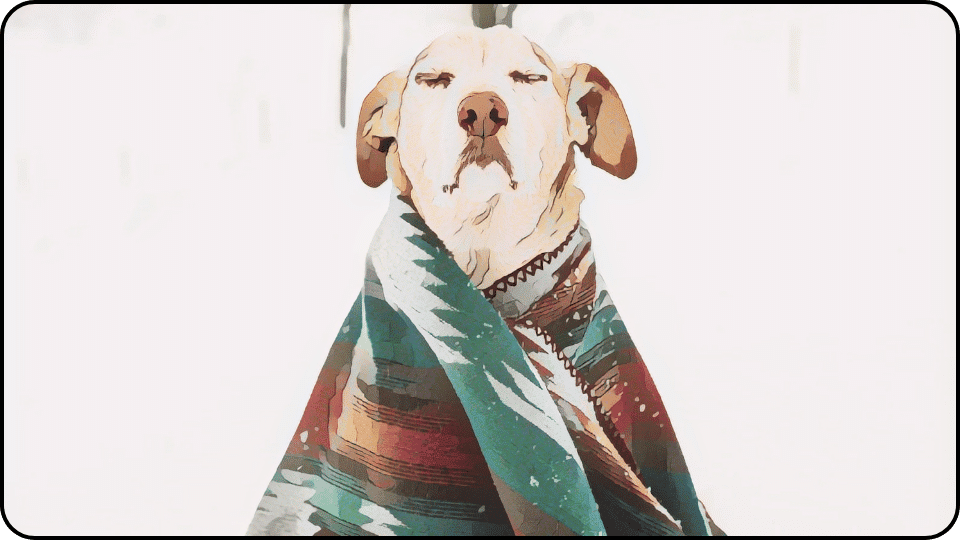
Regular maintenance of your dog’s insulated house is essential for ensuring its longevity and effectiveness. Begin by inspecting the dog house regularly for any signs of damage or wear and tear. Look for cracks, loose panels, or any areas where the insulation might be exposed. Repairing these issues promptly helps maintain the house’s structural integrity and keeps it functioning well.
Replace the insulation as needed, especially if it becomes wet or shows signs of decomposition. Wet insulation can lead to reduced effectiveness and might even cause health issues for your pet. Consider using moisture-resistant materials to minimize the need for frequent replacements. Always ensure that the insulation is securely covered to prevent your dog from chewing on it.
Cleaning the dog house regularly is crucial for keeping it free from dirt and debris. A clean environment not only makes the space more inviting for your pet but also helps prevent the buildup of harmful bacteria and pests. Use pet-safe cleaning products to wipe down surfaces and remove any accumulated grime. Regular cleaning also allows you to check for any signs of moisture or mold growth, which can be detrimental to your pet’s health.
Lastly, inspect the insulated dog house for any signs of moisture or mold growth. Moisture can lead to mold, which poses a health risk to your furry friend. If you notice any dampness or mold, address the issue immediately by improving ventilation or replacing affected materials. Keeping the dog house dry and well-ventilated is key to preventing these problems and ensuring a healthy environment for your pet.
Tips for Insulating Multiple Dog Houses
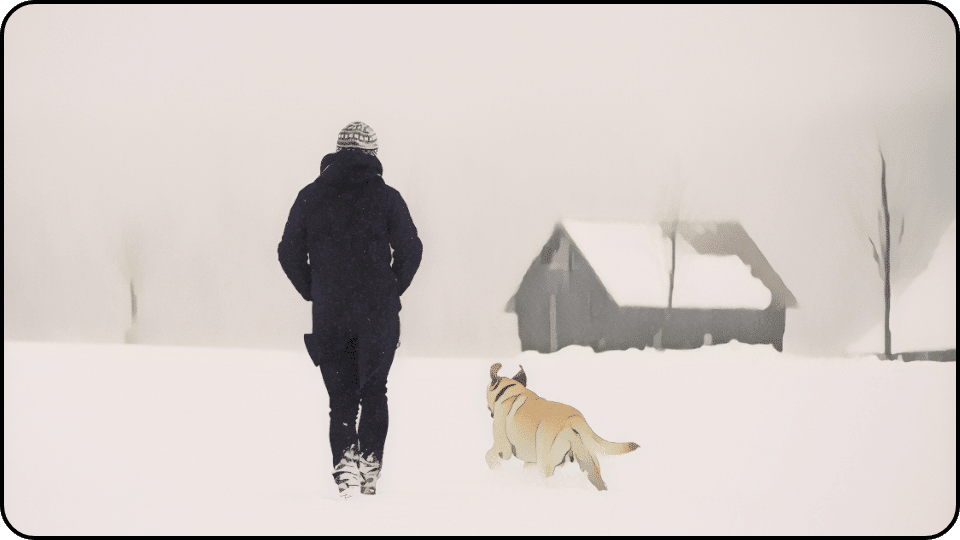
Consider building multiple dog houses if you have multiple dogs. Each dog deserves its own space. This ensures they have a personal, comfortable area to retreat to. It’s essential for their well-being and happiness.
Make sure each dog house is well-insulated and comfortable for your dog. Use materials like rigid foam insulation or fiberglass insulation. These materials trap warmth inside effectively. Add insulation to the walls, roof, and floor. This creates a cozy environment for each dog.
Consider using a shared heating system for multiple dog houses. A central heating source can be efficient. It distributes warmth evenly among the houses. This setup can save energy and reduce costs. Ensure the heating system is safe and reliable.
Ensure each dog has their own comfortable space to rest and stay warm. Provide bedding like cedar shavings or heated dog beds. This adds an extra layer of warmth. Regularly check and replace bedding materials. This keeps the space clean and inviting. By giving each dog a well-insulated house, you ensure their comfort and happiness.mfortable space to rest and stay warm.
Final Thought
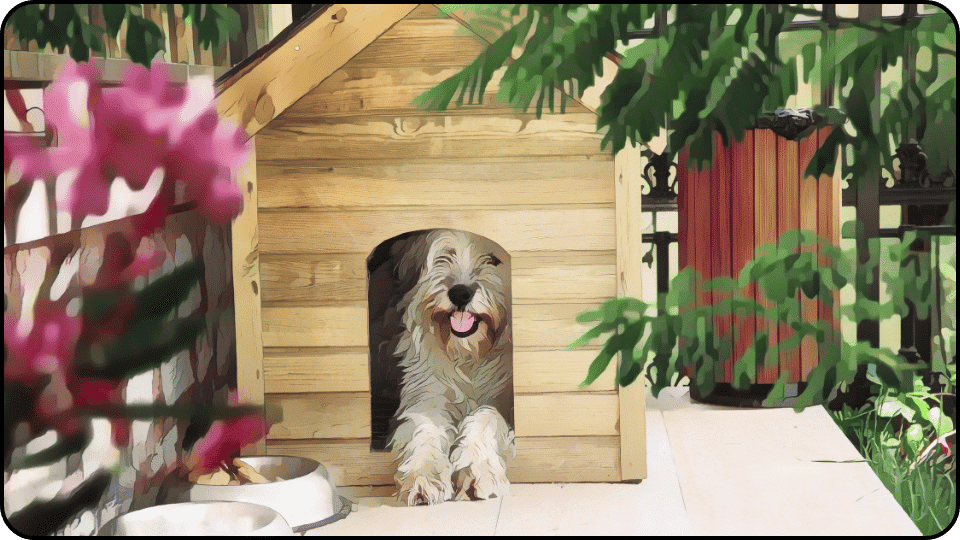
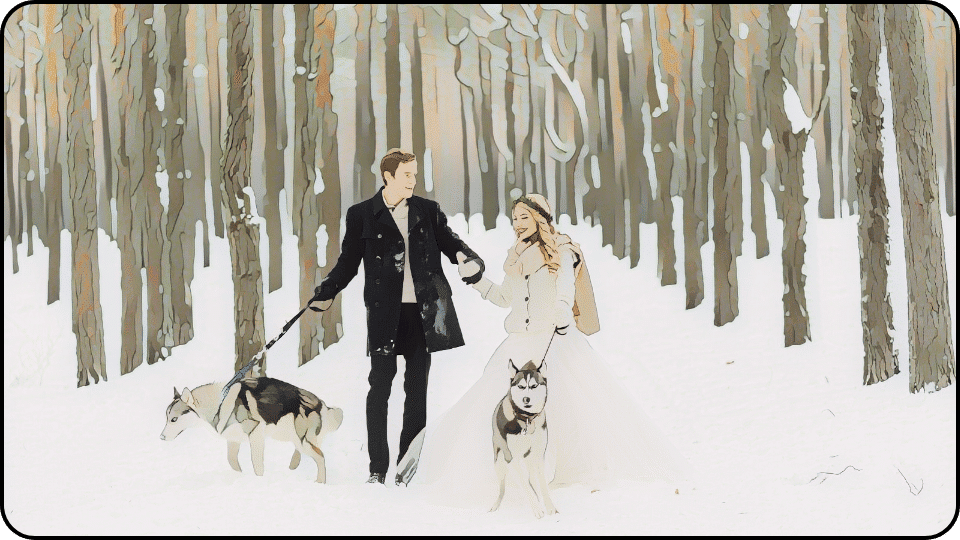
Insulating your dog’s house is a simple yet effective way to show your love and care for your furry friend. By choosing the right materials, preparing the doghouse properly, and maintaining it regularly, you can ensure your pet stays warm, comfortable, and healthy throughout the year. Remember, a well-insulated dog house is not just a shelter; it’s a cozy home for your beloved companion.
FAQs & Quick Answers
What is the best thing to put in a dog house for warmth?
Consider purchasing heat lamps for the space. While there are various heater options available, ensure you select one that is safe for dogs. Heat lamps can be effective, but it’s crucial to secure them properly to prevent any risk of falling.
Should you insulate your dog’s house?
Insulating dog houses is a wise decision. By elevating dog houses off the ground, an insulating gap is created between the floor and the earth. Adding insulation to the flooring is crucial, and using materials like straw for bedding can help keep the space dry and warm.
How do you winterize an outdoor dog house?
Avoid exposure to cold water. Use water-based caulking to seal any gaps. Cover your dog’s house with cardboard to prevent them from chewing on the repairs when spring arrives. If the dog house lacks shingle roofing, consider installing it now.
How do you insulate a dog shelter?
Styrofoam offers superb insulation capabilities. It is extremely IMPORTANT to have insulation between the house and the floor. Elevating the dog house on small blocks can create a gap between the ground and the dog house.
